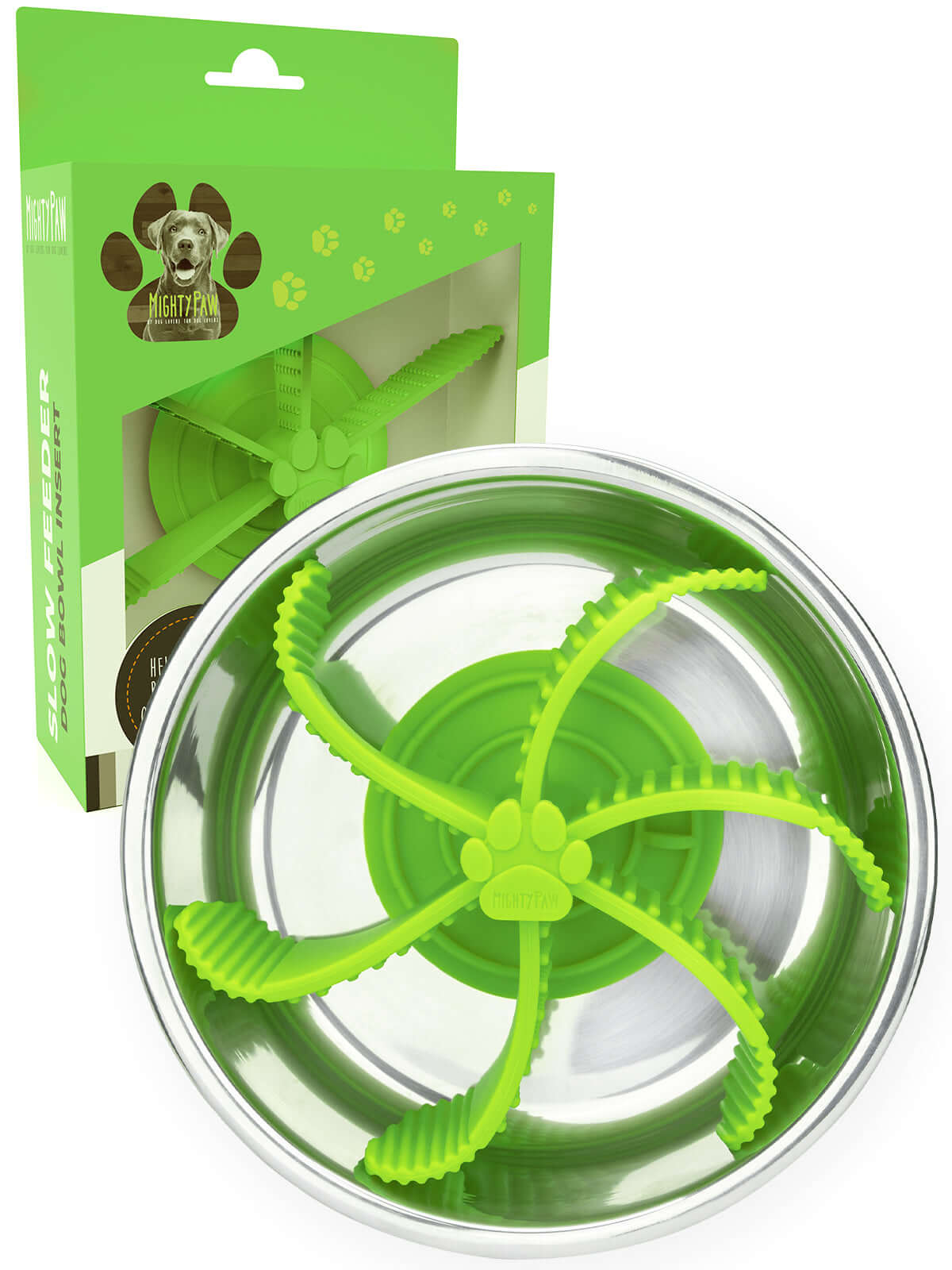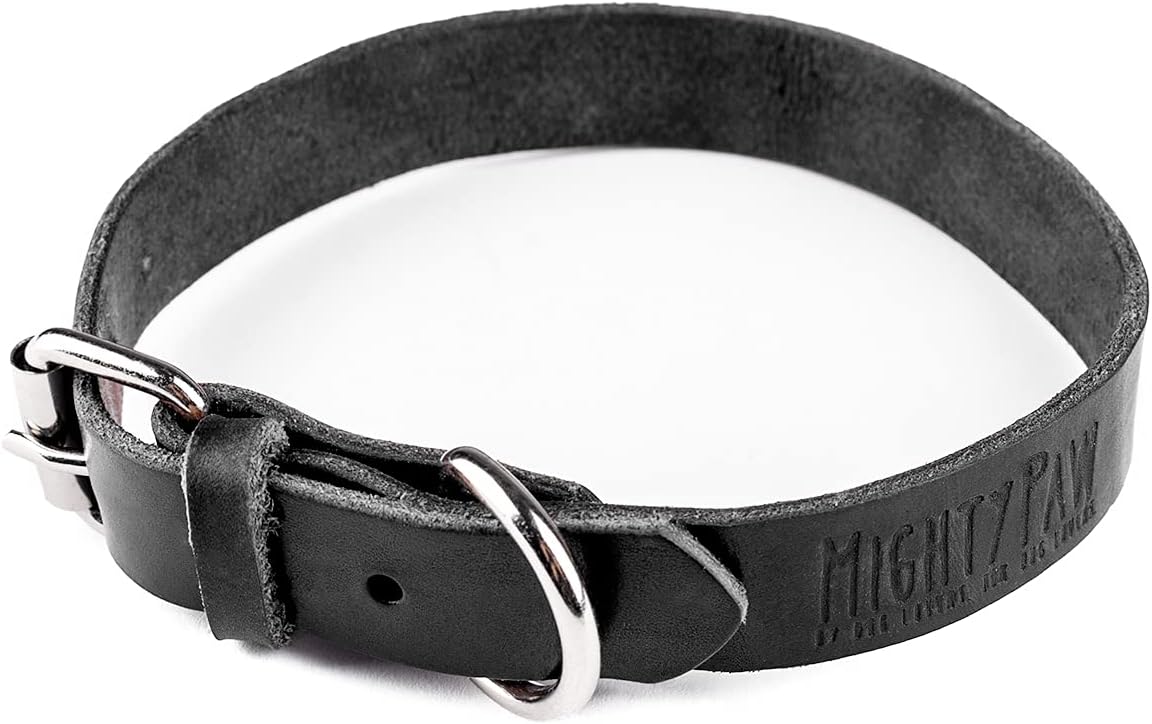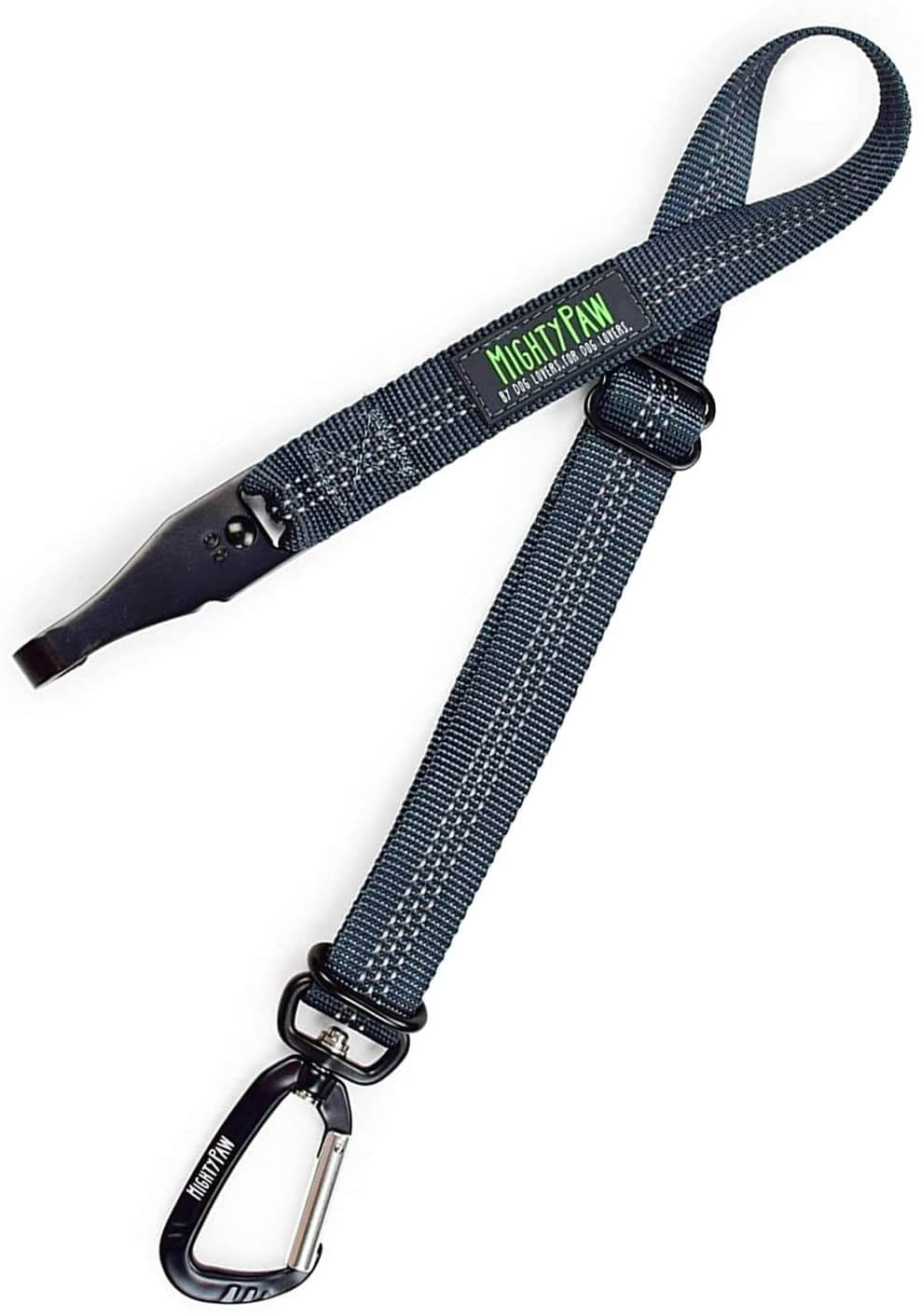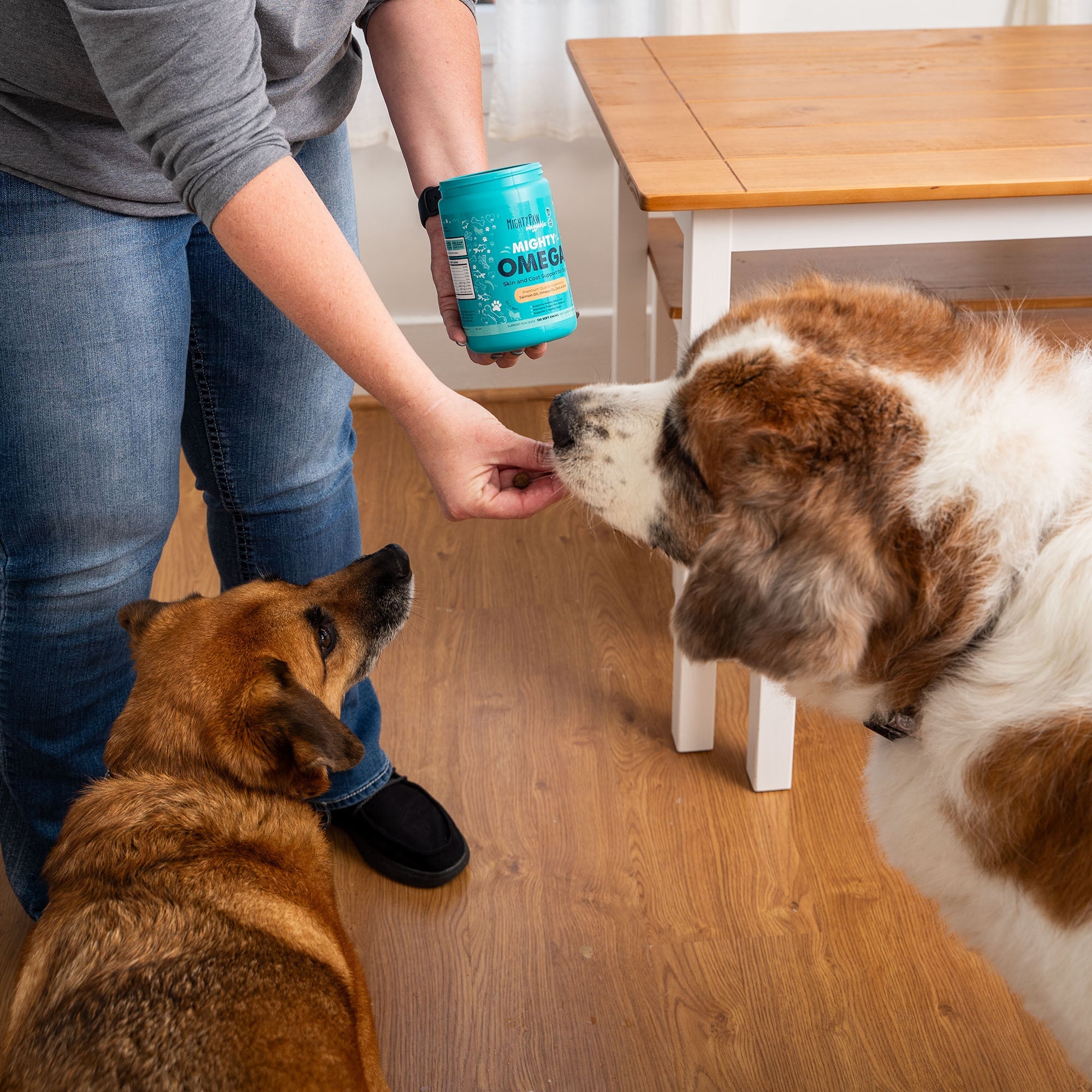How do you balance juggling potty training, crate training, manners training, and your own life?

Bringing a new puppy home and into your life is an exhilarating experience. The boundless energy and enthusiasm infuses even the most hectic workday with joy. Yet, whether you work at home or an office, part-time or at a full-time job, the thought of starting the intensive training process for a puppy might seem daunting.
With busy schedules and a range of responsibilities, finding the time and energy to train your new family member can be a challenge. With the right approach and a bit of creativity and planning, you can set up your pup for a smooth launch into your family's life and the larger world and be kind to yourself at the same time.
Let's dive into 5 practical and time-efficient strategies to help your puppy get settled and happily trained without overwhelming either of you:
1) Create a routine when raising a puppy.
The key to raising a puppy successfully is consistency, and for a working dog parent, creating a routine can be a saving grace for both you and your new puppy. Try establishing a structured schedule that encompasses feeding, walks, potty breaks, and training sessions to create a familiar framework for your pup.
At the same time, it will help balance your work commitments with the demands of puppy parenting all new puppy owners naturally experience.
Try this
- Start your schedule planning with your individual puppy's potty break needs in mind.
What does that mean? Your puppy's age and size tell you your puppy's likely physical development that translates into how often your puppy will need to go out for a potty break. Size is a factor since a labrador puppy, for example, will have a larger bladder than a smaller puppy like a chihuahua at a similar age. Regardless, you can be sure your puppy's need to go out is frequent -- including toilet breaks after each of these events: eating, drinking, playing, napping.
- Plan your puppy's feeding schedule and include a predictable potty break right after eating.
- Your other potty breaks need to happen along with the other activities of the day (play, napping, training sessions) so make sure you factor those into your play and training schedule as well.
- Put your schedule in writing and make sure every member of your household or other helpers know who is doing what and when. It helps to keep a schedule near the door you use for potty breaks at least at the beginning. You and your family members/helpers will be better able to keep track and stay consistent.
Pro tip: A puppy can only hold her/his bladder for about 1 hour per month of age.
If you're calculating timing between regular potty trips outside, that would mean a two-month-old puppy can only hold it about 2 hours maximum. And any of the events like eating, playing, etc. will trigger your puppy's need to go out right after as well, so you'll be going out for both developmental and activity reasons.
Do what works and make it your habit. Your puppy will quickly adapt to the routine, making it easier for your pup to relax and be successful.
Accidents happen, so you may want to have puppy pads on hand in potential accident areas and a safe and natural enzymatic cleaner to breezily clean up any mistakes. Of course, key to learning after accidents is no reprimands on the way to becoming fully house-trained.
That's what it's all about -- setting up your pup for success so your puppy has many opportunities for easy wins and rewards for doing the right thing throughout the day. That's how a puppy (as well as an adult dog) learns!

2) Put technology to work for you and your puppy's life.
Technology can be a busy puppy parents' best friend in the quest to train a puppy. Many tools are available to streamline the training process and provide support even when you're not at home.
- Remote monitoring devices:
Consider using a home camera system that allows you to check in on your puppy from your phone. You'll have the peace of mind of knowing how your dog is doing in your absence (and if you need to return immediately). You'll be able to see in real time if your dog is fine being alone or if you need to make adjustments in your departure or your pup's set-up. Cameras are a vital tool in working on any potential separation anxiety with your dog, and can give you important information on your pup in a range of situations.
- Dog doorbells:
When you're toilet training, a dog doorbell, whether a wireless "smart bell" or no-tech "tinklebells" on a hanging leather strip on the door, helps you potty train with more ease and fun for both of you. You may be surprised how quickly your puppy picks up on ringing the bell and how much your pup loves the sense of control of it (and the treat rewards!).
For you, a doorbell makes it almost impossible to miss when your dog is telling you it's time to go out since you don't have to be always on the lookout for a fidget or special look. You can find our full step-by-step "how-to" on training with dog doorbells here: how to add a wireless dog doorbell or training bells to your potty training.

3) Short but effective training sessions for your brand new puppy
Time is one thing none of us ever seem to have enough of -- especially true of dog owners and even more so when your dog is a puppy. Here's the great news when it comes to training both puppies and adult dogs: short and focused training sessions are more effective than dragging on beyond the point of diminishing returns for both you and your pup.
- The inside scoop on your puppy's attention span:
Puppies have short attention spans, usually 5 to 15 minutes at a time. Structuring your training routines around these natural intervals is exponentially more productive. Get to know your puppy's attention rhythm. Is your puppy tired? Don't wait till then; keep training sessions short and end on a high, rewarding note.
- Specific, limited focus sessions:
Focus on one or two cues per session to avoid overwhelming your pup. Spend around 5 to 10 minutes on each exercise, ensuring that they are interactive and reward-based. Repeat basic manners cues (sit, stay, lie down, etc) once your dog "owns" them to intersperse easy wins with learning new cues. And be generous with high-value treats!
- Frequent breaks:
Mix up each training exercise with some playtime or a short break to maintain your dog's enthusiasm and prevent frustration or fatigue.
- The magical cumulative effect of brief and often:
These shorter training sessions add up over time, building significant progress in your puppy's training without the need for extended periods of time wearing out both of you.
By being strategic with your training approach, you can make the most of even just a few minutes of downtime during your day.
4) Incorporating training into daily activities with your puppy
Efficiency can extend beyond the clock to the way you multitask training with other activities. Integrating training cues into your routines can help reinforce lessons consistently and without the need for dedicated "training times."
Some of our favorite "two-fers":
- Mealtime training:
Use your puppy's mealtimes as an opportunity to practice cues like sit or wait. This not only encourages mealtime manners but also teaches patience and self-control. Meals are also a great opportunity to give your puppy some mental enrichment at the same time by serving food in a slow-feeding lick bowl or spreading food on an engaging lick pad.
- Walking training:
Work on leash manners, "pay attention" cues (such as "look"), and recall cues during walks. Pair each behavior you want to see with a verbal cue or signal and reward generously with praise and high-value, nutritious treats.
- Crate training and departures:
The moments before and after you leave for work, to run errands, or for any reason are essential to your dog's comfort during alone-time. If you plan to crate train your puppy for short away times, the secret is making the crate a safe, rewarding haven for your pup, a place your dog wants to go to relax. Make it a place your pup can go to enjoy a favorite chew or toy and take a quiet nap.
Once you've established the crate as your puppy's safe, happy place, practice having your puppy enter and exit the crate on cue, always associating it with positivity, treats, and all good things. When your puppy is teething, you can give your pup a healthful peanut-butter-stuffed chew toy (freezing makes it even more long-lasting and soothing to emerging teeth) or an all-natural collagen stick chew to enjoy in the crate. You'll be helping your puppy's gums feel better and establishing the crate as a happy, safe place at the same time!
- The everyday adventure:
Every interaction with your puppy is a potential training moment. Use everyday occurrences as teaching opportunities, whether it's answering the door, receiving a visitor, or settling down for an evening.
By weaving training into the fabric of your daily life, you create an environment where learning and growth are continuous and relevant. Catch your puppy in the act of good behavior anywhere, anytime and reward with generous praise and nutritious treats!

5) Getting positive support for your pup and you
Balancing puppy training with work and other life happenings becomes significantly more manageable with the support of trained, certified pet professionals both in person and online (always look for well vetted). Good humans who can help you and your dog navigate puppyhood:
- Certified, positive reinforcement, professional dog trainers:
A certified, force-free dog trainer can help you maximize your puppy's understanding of cues and behaviors. Particularly with complex issues like true separation anxiety, for example, you'll want guidance from a professional in canine behavior and positive reinforcement -- and special training in separation anxiety in that case.
- Group classes:
Consider enrolling your pup in basic manners classes. Once your puppy has been vaccinated and is ready to venture out, these sessions provide socialization opportunities with other dogs and can be a fun and learning experience for both of you.
- Dog walker or puppy sitter:
Regular dog walkers or scheduled dog-sitting visits can help break up the day for your puppy, ensuring your pup remains engaged and active when you (and any other household members) need to be elsewhere.
Remember to be sure with all your support team that each one shares your view and values on working with your pup. You'll want to be confident in the consistency and positivity of your dog's care and training.
And if you're currently thinking of getting a puppy... and all this sounds like a lot and not quite the right timing for your household, consider bringing a non-puppy dog into your family. Rescues are full of beautiful, adoptable dogs of every age who would love nothing more than to love you forever and not wake you in the middle of the night for potty runs!
Enjoy building your bond and maximizing every moment with your always-learning pup.
At Mighty Paw, we believe in keeping all dogs at their healthiest and happiest at every age -- to make the most of every adventure large and small with you. That's why we're dedicated to finding ways to make it easier and simpler for you to bring more wellness and fun to your pup's life.
We're committed to providing high-quality products that are safe, durable, and practical for everything you need to keep your pup healthy, happy, and enjoying every moment by your side.
Keep exploring our products for more of the best for dogs! And don't forget to follow us on social media!
Thank you to Let Love Live for letting us share photos of some of their adorable rescue puppies in this guide! To find out more information on adoptable dogs, please check out Let Love Live.















































































